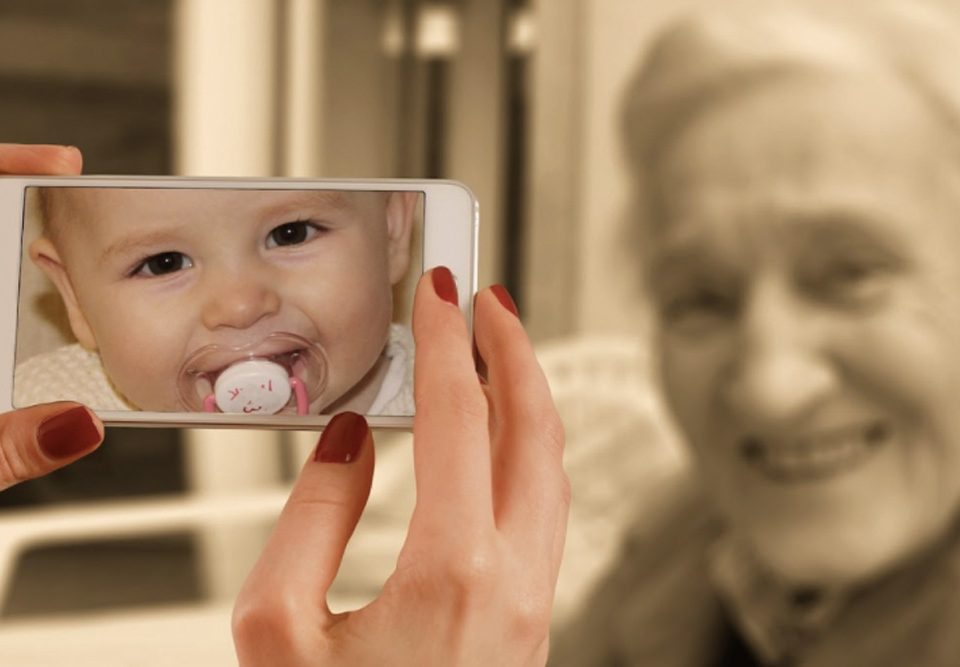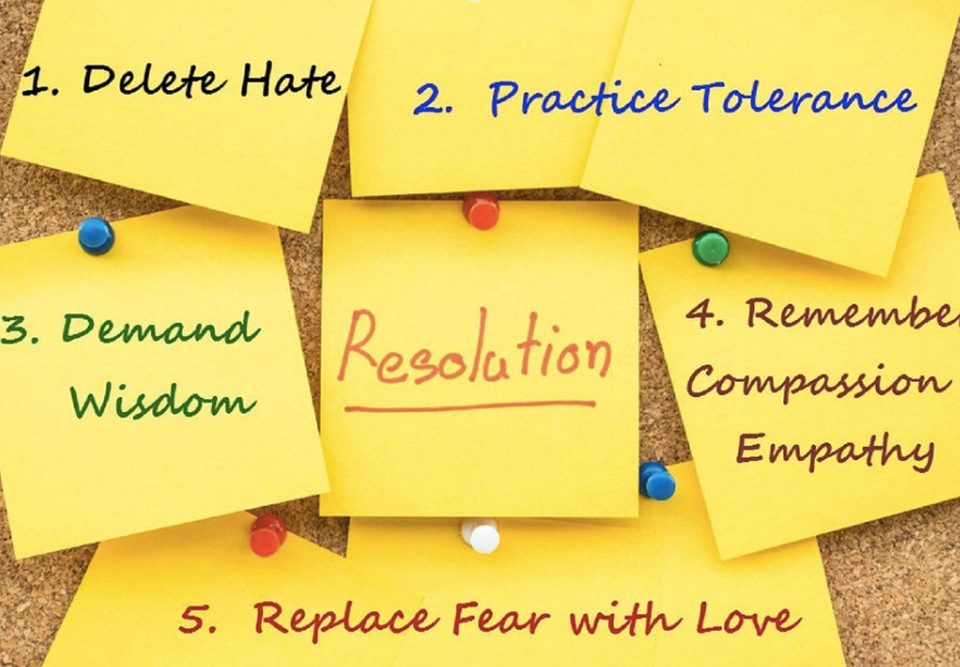Medical Politics Has a Long History
Find Opportunity in Disappointment
September 10, 2012What To Do With Debbie Downer?
September 13, 2012Got on my high horse and made a comment on a health “care” reform blog. (Not that this is a hot topic or anything!) The “blog” part of Habits Into Health is all about areas where personal lives meet public policy. Communities and cultures develop problem habits just as individuals do. So here are some thoughts about how medical politics has gotten the U.S. where we are:
Key-under-the-light alert. Let’s stop calling this “health care policy” when it’s really “medical cost policy” based on a conventional medical system.
This system does a great job with high intervention situations, using its three tools (technology, the knife and medications). But it does an abyssmal job of addressing health “care” situations that are lifestyle and prevention based, and many medical conditions that are more effectively treated by integrative medicine — all of which cost relatively little by comparison. I speak not just as a citizen, but also as a health care professional.
As long as our conversation about “heath care” is all about “cost,” we’ll never get to the real issue: Conventional medicine is not equipped to meet the health care needs of most people for most of their lives. And as long as conventional reimbursement is limited to high intervention treatment, people are destined to be trapped in an endless loop that shunts money away from care and into associated industries that have much to gain financially from keeping things the way they are.
And to this dilemma, to expect that politicians will make a course correction without a strong push from the public is folly. Most people, citizen and public servant alike, are looking under the light for the key, rather than where it was lost in the first place: Medical politics.
You’ll get a good start in deconstructing how we got here by reading Kenny Ausubel’s book, When Healing Becomes a Crime: The Amazing Story of the Hoxsey Cancer Clinics and the Return of Alternative Therapies. If you’re more into audio/visual, check out this free movie about this aspect of our medical political history and cancer treatment on YouTube (it’s full length at almost 90 minutes).



